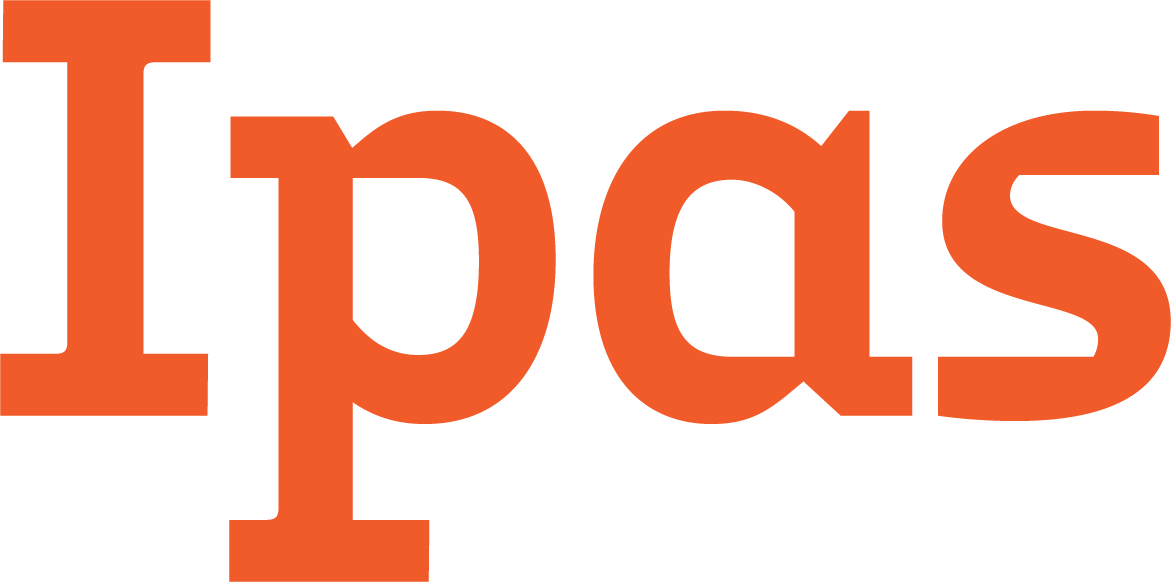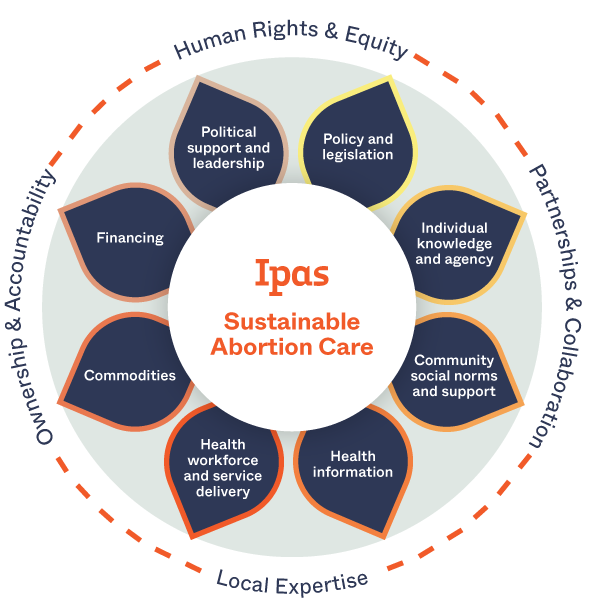From invisible to indispensable:
Our findings in detail
1.
2.
3.
4.
5.
6.
7.
8.
1.
Unsatisfied with school-based CSE, youth seek information elsewhere–with mixed results.
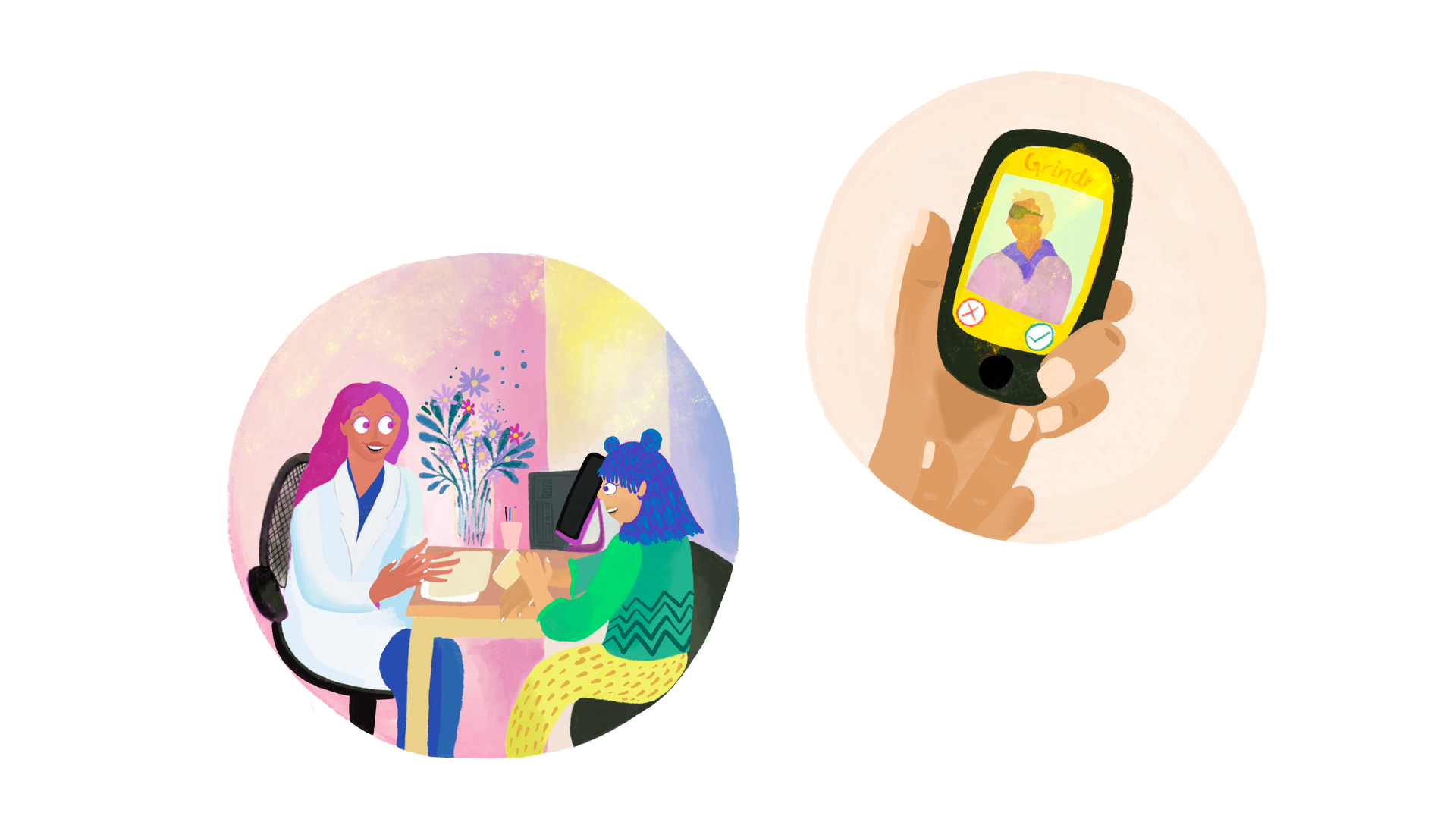
2.
Discrimination experiences are similar around the world.
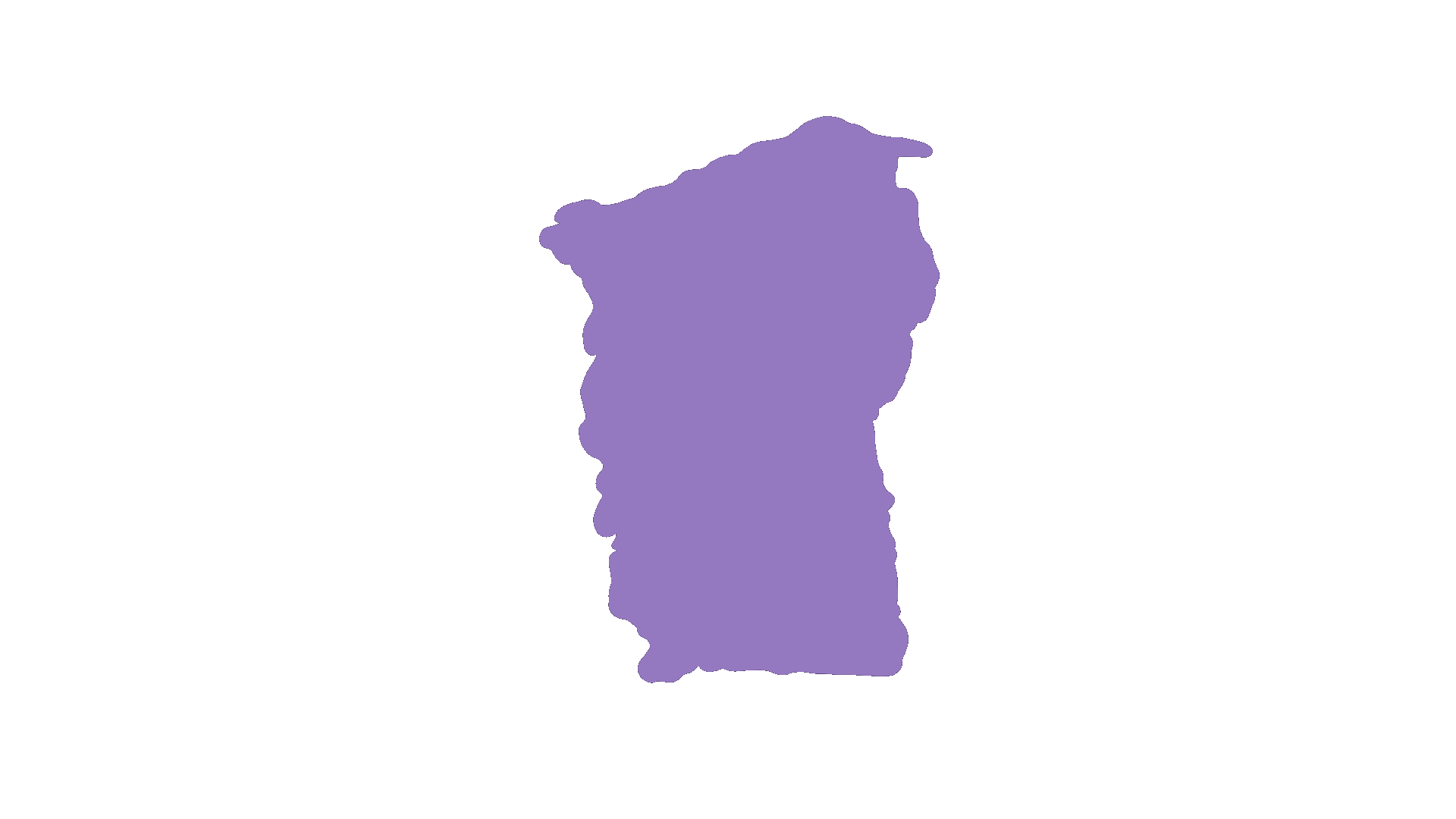
3.
Bisexual and pansexual youth face erasure of their sexual orientation.
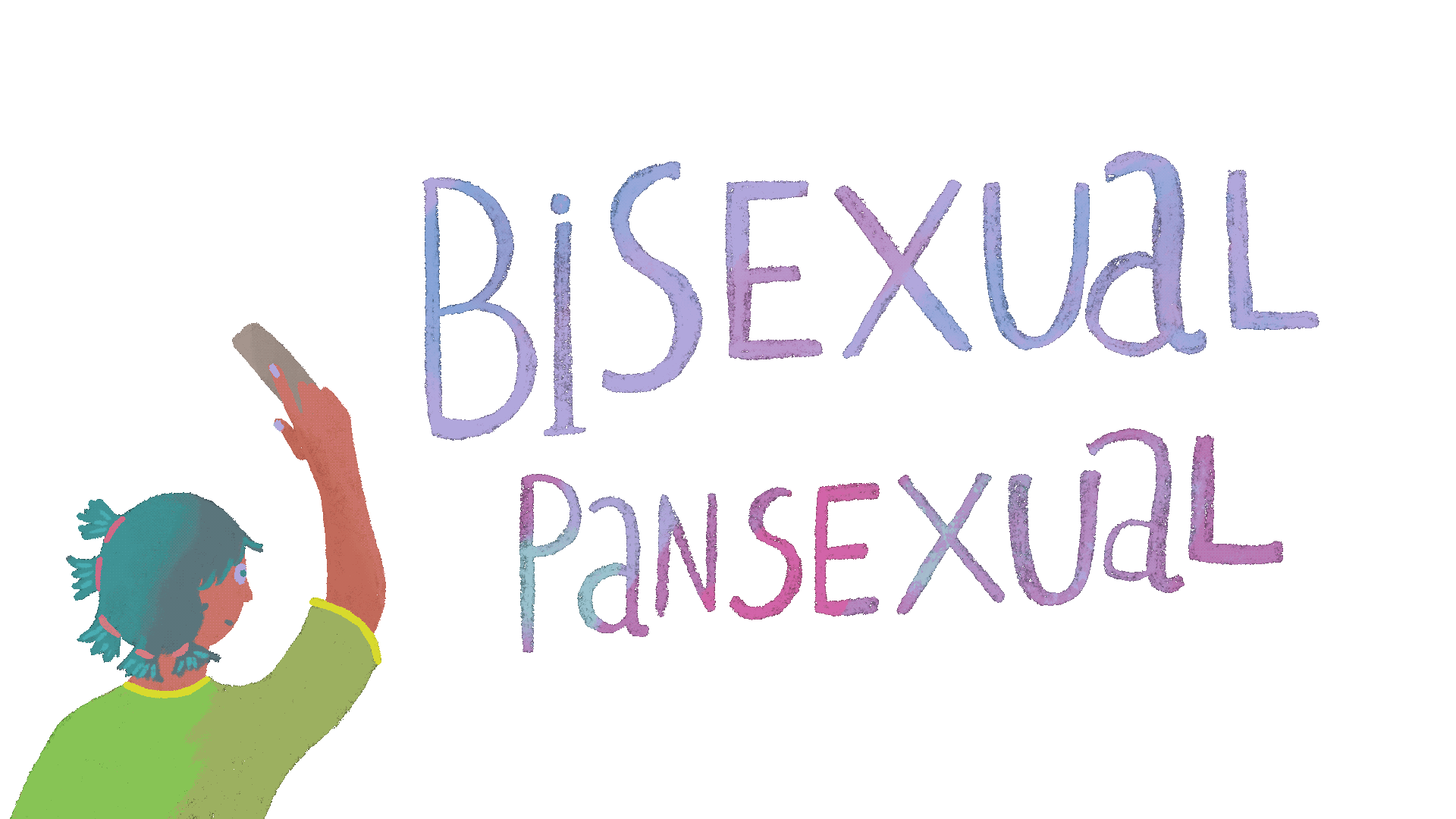
4.
Bisexual and pansexual youth face harmful misinformation about their identities.
5.
Discrimination causes bisexual and pansexual youth to experience pervasive doubt and uncertainty.
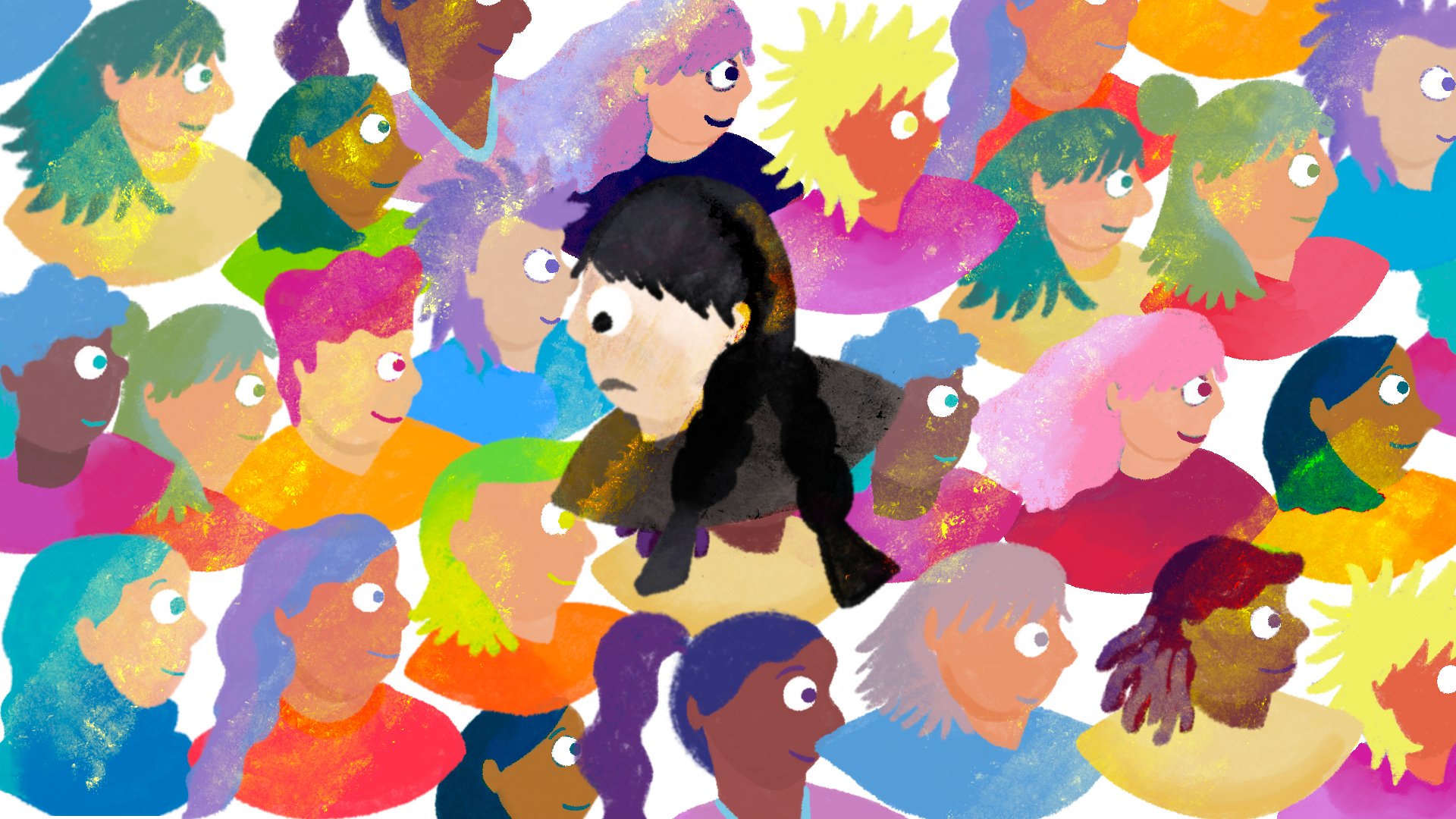
6.
There’s a significant lack of funding and sensitivity training that impacts CSE programs and educators.
In general, CSE programs are underfunded–and this impacts bisexual and pansexual youth disproportionately because teachers don’t have access to training and resources that would help them move away from heteronormative instruction.
7.
Opposition to CSE and LGBTQIA+ rights causes widespread mental and emotional harm.
Nearly all respondents mentioned the multi-level attacks on sexuality education from the religious right and other networks and leaders opposed to CSE. These attacks made participants worried, cynical, and doubtful about the accuracy of their sex education (both youth and advocates/educators). Respondents also shared the harmful effects of widespread attacks on LGBTQIA+ rights.
Broad harmful impacts from anti-gender movements
Forces of authoritarianism across the globe are wielding anti-gender advocacy and rhetoric in order to access and consolidate power. In places as diverse as Hungary, Ghana, Brazil, the United Kingdom and the United States, the religious right is attacking justice and well-being for LGBTQIA+people. Our study participants clearly communicated the harmful mental/emotional impacts of this movement in their own lives–not to mention the very tangible impacts on their access to health care, education and so much more.
In the United States, for example, righ-twing coalitions at the local, state, and federal level have successfully captured multiple legislatures, passing draconian laws that specifically target LGBTQI+ people. These laws deny access to life-saving care, ban comprehensive sexuality education, remove books from libraries and schools, forcibly out LGBTQIA+ students to their parents (even if that would result in harm to the students), ban drag performances and other gender nonconformity, and ban comprehensive sex education.
8.
Inclusive CSE that addresses bisexual and pansexual identities and needs would have huge mental and physical health benefits.
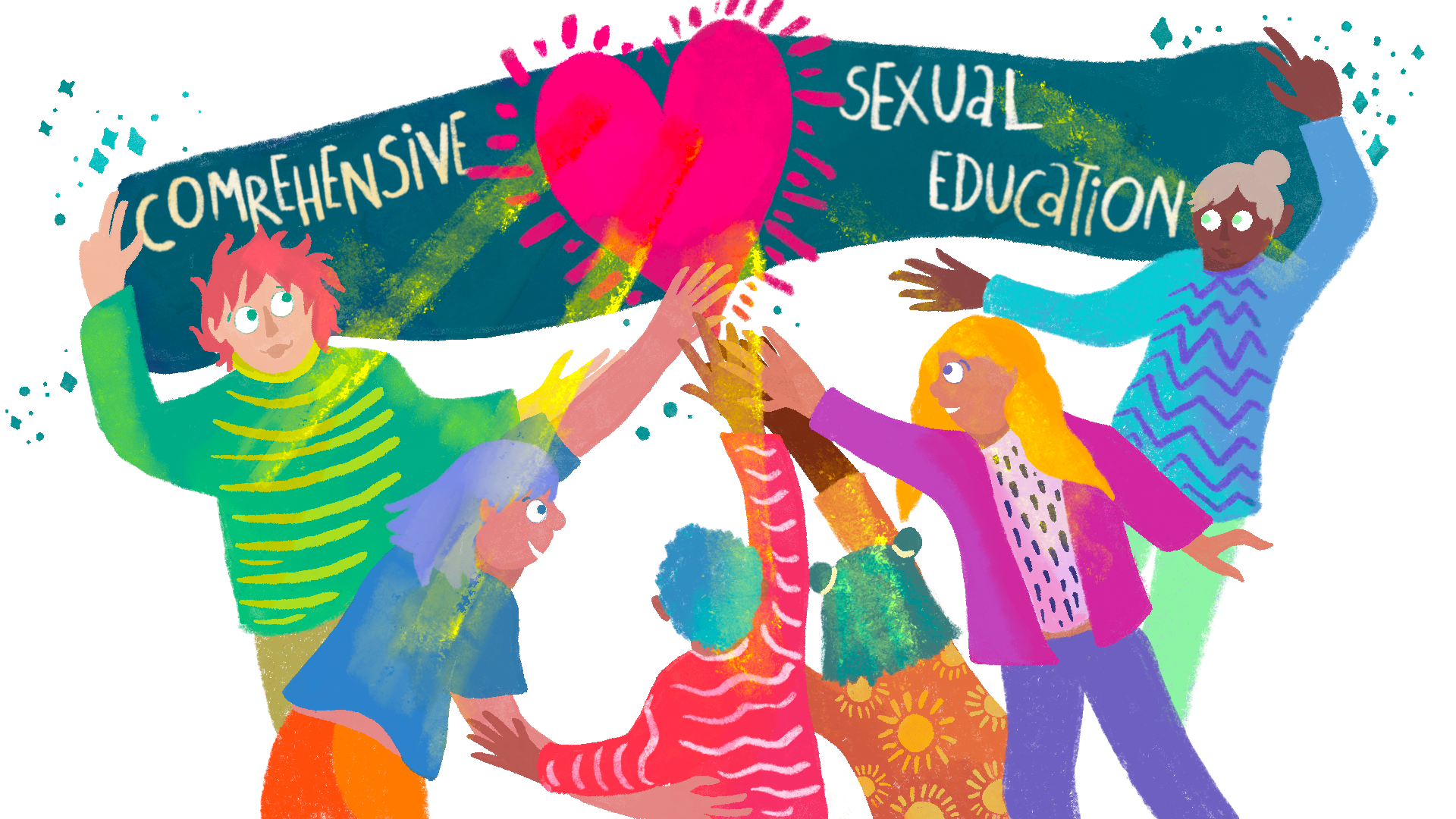
Illustrations by Anusha Raichur
Suggested Citation: Ipas & Political Research Associates. (2023). From invisible to indispensable: New research shows why bisexual and pansexual youth need comprehensive sexuality education that meets their needs. Ipas. https://www.ipas.org/our-work/sexuality-education-that-includes-abortion/from-invisible-to-indispensable/
